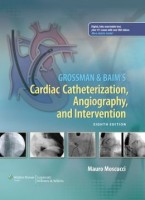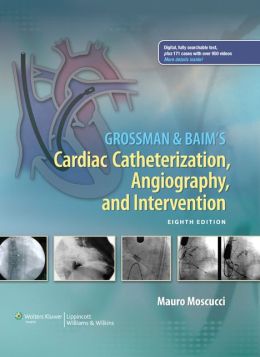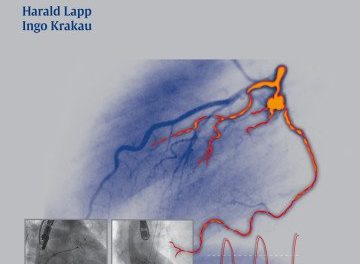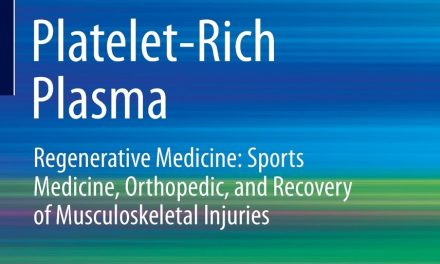 Editor: Mauro Moscucci
Editor: Mauro Moscucci
Publisher: Wolters Kluwer | Lippincott Williams & Wilkins – 1141 pages
Book Review by: Nano Khilnani
Cardiac catheterization is a test in which a tube (catheter) inserted into a blood vessel enables a person to know the condition of another person’s heart and blood vessels, and to assess if some action needs to be taken, or not.
Cardiac catheterization can assist a physician to:
• Check for heart defects
• Decide on appropriate treatment
• Evaluate if a heart is enlarged and what needs to be done
• Find out how well the heart chambers and valves function
• Identify arteries that are clogged
• Measure blood pressure within the heart
The first cardiac catheterization procedure was performed in 1844 by Claude Bernard. The patient was a horse. He writes that “both the left and right ventricles were entered by a retrograde approach from the jugular vein and a carotid artery.”
In much earlier procedures, the results of which were published more than a century earlier in 1733, Stephen Hales, who perhaps can be credited with the “first invasive hemodynamic assessment,” inserted a brass rod into the femoral artery of a horse and observed a column of blood rising in a nine-foot-long glass tube that was connected to that rod.
With subsequent experiments, Hales was also perhaps the first to discover blood pressure by measuring and recording how much blood goes through the (human?) heart in one minute and determining the capacity of the left ventricle.
On the subject of cardiac catheterization, this book is one of the most widely used ones out there, judging just from its very high ranking on Amazon. It is one of the leading sources of information – in print and online – on this subject. The book appeals to cardiologists at all levels, from seasoned practitioners to residents to cardiology fellows.
There is a lot of valuable information contained within the 1,141 pages of this book, with material laid out in 46 chapters, and organized around eight main sections named below
Sixty-four contributors from the United States, Australia, Canada, Israel, Italy, the Netherlands, and Switzerland have worked hard to author the material found in this book. With so much and very varied material, where do you start? You can start anywhere: select one of eight sections below, providing you an overview of its content:
• Section I – General Principles
• Section II – Basic Techniques
• Section III – Hemodynamic Principles
• Section IV – Angiographic Techniques
• Section V – Evaluation of Cardiac Function
• Section VI – Special Catheter Techniques
• Section VII – Interventional Techniques
• Section VIII – Clinical Profiles
There’s much more material to be found online. You can access online all the contents of this book, and more, simply by scratching off the sticker found on the inside front cover of this book. Once you get the access code, enter it on http://solution.lww.com, then follow the instructions
Among the online material you will find are real-life videos. These videos cover many subjects, among them:
Coronary Angiography – 26 videos
Coronary Anomalies – 9 videos
Left Ventriculography – 12 videos
Aorta and Aortic Valve: 17 videos
Mitral Valve – 5 videos
Pericardium – 4 videos
Pulmonary – 4 videos
Congenital – 5 videos
Noninvasive Angiography – 2 videos
IVUS – 5 videos
Stents – 9 videos
Post CABG – 16 videos
Total Occlusion – 4 videos
Thrombus – 4 videos A
Atherectomy – 4 videos
Complications – 14 videos
Vascular Access – 11 videos
Peripheral – 14 videos
Integrated Imaging Modalities – 6 videos
If you encounter some difficulty getting online or getting the any material you want, call 800-468-1128 inside the United States or 1-410-528-4000 outside the U.S.
This is a highly valuable text on numerous aspects cardiac catheterization found both in print in the book itself, as well as online, including live videos.
Mauro Moscucci, MD, MBA is Professor of Medicine, Chairman of the Department of Medicine, and Chief of the Cardiovascular Division at the University of Miami School of Medicine in Miami, Florida.







